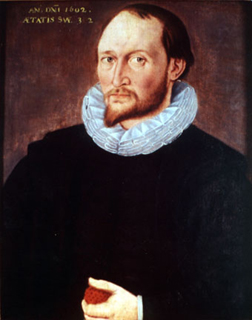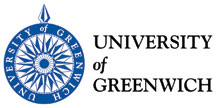Being a Professional Mathematician
Back to list of mathematician case studies Thomas Harriot (1560 - 1621)
Jackie Stedall talks about Thomas Harriot, a notable mathematician who lived in the late sixteenth and early seventeenth centuries. She talks about
The picture above (the original is in Trinity College, Oxford and the reproduction is taken from Wikimedia Commons) is said to be a portrait of Harriot but this is by no means certain. There is no portrait known definitively to represent Harriot.
Jackie Stedall researches and teaches history of mathematics at the University of Oxford. She has written a number of books on Early Modern European mathematics. She is a longstanding member of the British Society for the History of Mathematics and Editor of its Bulletin. Further reading Jacqueline Stedall, A Discourse Concerning Algebra: English Algebra to 1685 (Oxford: Oxford University Press, 2003) Jackie Stedall's other works include: |
This project was supported by the MSOR Network, the Institute of Mathematics and its Applications and the Universities of Greenwich and Birmingham as part of the National HE STEM Programme and was completed in May 2012.
![]()
This work is licensed under a Creative Commons Attribution-NonCommercial-ShareAlike 3.0 Unported License.
|





